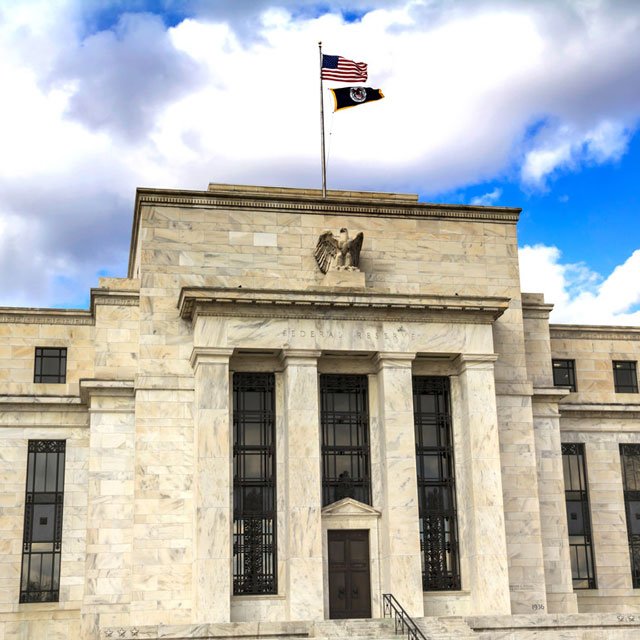
The Federal Reserve raised interest rates by 75 basis points — the biggest increase since 1994 — and Chair Jerome Powell said officials could move by that much again next month or make a smaller half-point increase to get inflation under control.
Slammed by critics for not anticipating the fastest price gains in four decades and then for being too slow to respond to them, Chairman Jerome Powell and colleagues on Wednesday intensified their effort to cool prices by lifting the target range for the federal funds rate to 1.5% to 1.75%.
"I do not expect moves of this size to be common," he said at a press conference in Washington after the decision, referring to the larger increase. "Either a 50 basis point or a 75 basis-point increase seems most likely at our next meeting. We will, however, make our decisions meeting by meeting."
Officials projected raising it to 3.4% by year-end, implying another 175 basis points of tightening this year.

Stocks climbed, Treasury yields tumbled and the dollar pushed lower following the decision, which was more hawkish than the 50 basis point shift previously signaled by Powell.
The Fed changed tack after a run of data showed inflation and expectations for it accelerating.
The median prediction of officials was for a peak rate of 3.8% in 2023, and five forecast a federal funds rate above 4%; the median projection in March was for 1.9% this year and 2.8% next. Traders in futures markets were betting on a peak rate of about 4% ahead of the release.
The Fed reiterated it will shrink its massive balance sheet by $47.5 billion a month — a move that took effect June 1 — stepping up to $95 billion in September.
The Federal Open Market Committee "anticipates that ongoing increases in the target range will be appropriate," it said in a statement after a two-day meeting in Washington. "The committee is strongly committed to returning inflation to its 2% objective."



